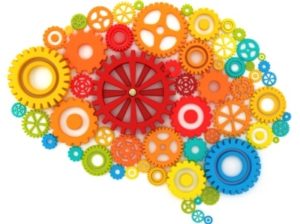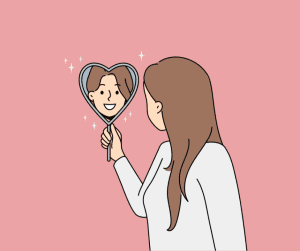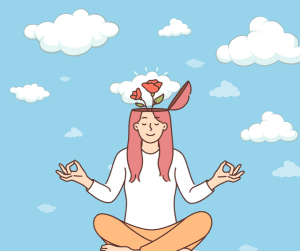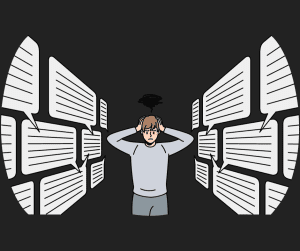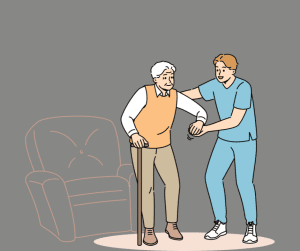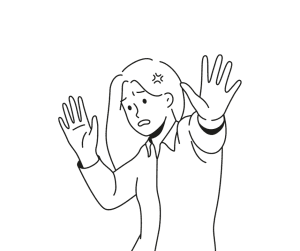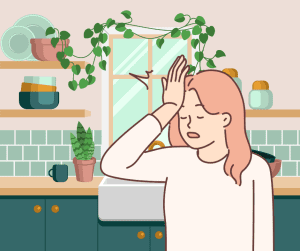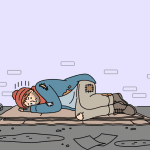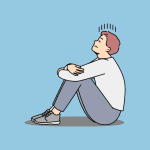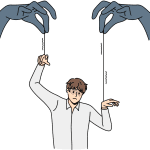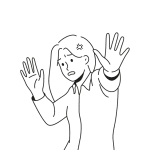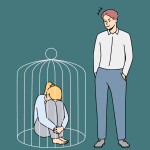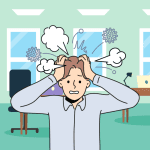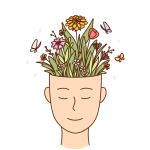The Hindbrain
The hindbrain includes the upper part of the spinal cord, the brain stem, and a wrinkled ballof tissue called the cerebellum. It is involved in many physiological processes that keep us alive such as our heart rate, breathing, and swallowing. The cerebellum is involved in balance and complex motor behaviours; when you are skiing or riding a bicycle, you are making use of your cerebellum.
The Midbrain
This is the uppermost part of the brainstem. It plays supporting roles in vision and in hearing such as helping to coordinate eye movements. The reticular formation (RAS) is the most essential part of the midbrain. It is involved in attention, consciousness, and sleep.
The Forebrain
The forebrain is the largest and most highly developed part of the human brain, mainly consisting of the cerebrum. The cerebrum holds your memories, allows you to plan, enables you to imagine and think. It allows you to read books, play games and recognise friends.
The cerebrum is divided into two hemispheres (left & right). The Left and Right Hemispheresare connected through a collection of neurons called the corpus callosum. These hemispheres of the cortex can be divided into 4 major parts/lobes.

The Left and Right Hemispheres
Left hemisphere: covers the right side of the body. It is involved in language, reading, speech and mathematics.
Right hemisphere: It covers the left side of the body. It is involved in visual and spatial Processing.
The Four Lobes of the Brain
The Frontal Lobe: This is where conscious thinking takes place such as language, planning, judgment, and learning strategies.
The Parietal Lobe: They receive and interpret somatosensory information such as pain, pressure, temperature, etc. They are also involved in paying attention, processing word sounds and thinking about spatial characteristics of objects.
The Occipital Lobe: primarily responsible for interpreting and remembering visual information.
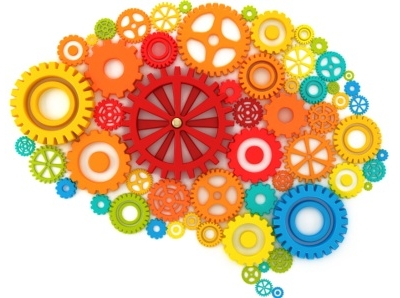

The Temporal Lobe: interpret and remember complex auditory information such as music, speech. Also important in long-term memory especially for meanings and general knowledge.
The Amygdala and Hypothalamus
The Amygdala: small almond-shaped mass known to register emotional reactions; especially ‘negative’ ones. The Hypothalamus: produces releasing and inhibiting hormones, which stop and start the production of other hormones throughout the body. It regulates many activities related to survival such as breathing, body temperature, hunger, thirst, mating, fighting and fleeing from harm.
Making Connections in the Brain
The Nervous System is a complex network of nerves and cells that carry messages to and from the brain and spinal cord to various parts of the body. The nervous system passes information through neurons (nerve cells). These are specialised cells that transmit neural messages to other neurons, glands or muscles. These neurons do not touch each other but send messages to their neighbours across tiny gaps called synapses. Therefore, a synapse is simply a connection between two neurons.
Knowing more about our brains can help us make heads or tails out of our own heads! Everything we feel, think, or do starts from our brains, so having some understanding of how it works can help us to understand ourselves better.
If you would like to speak with someone anonymously, feel free to contact us at any time through our chat, smart messaging app, or email. All of these services are available 24/7 and are accessible at the following link: https://kellimni.com/#contact-us



